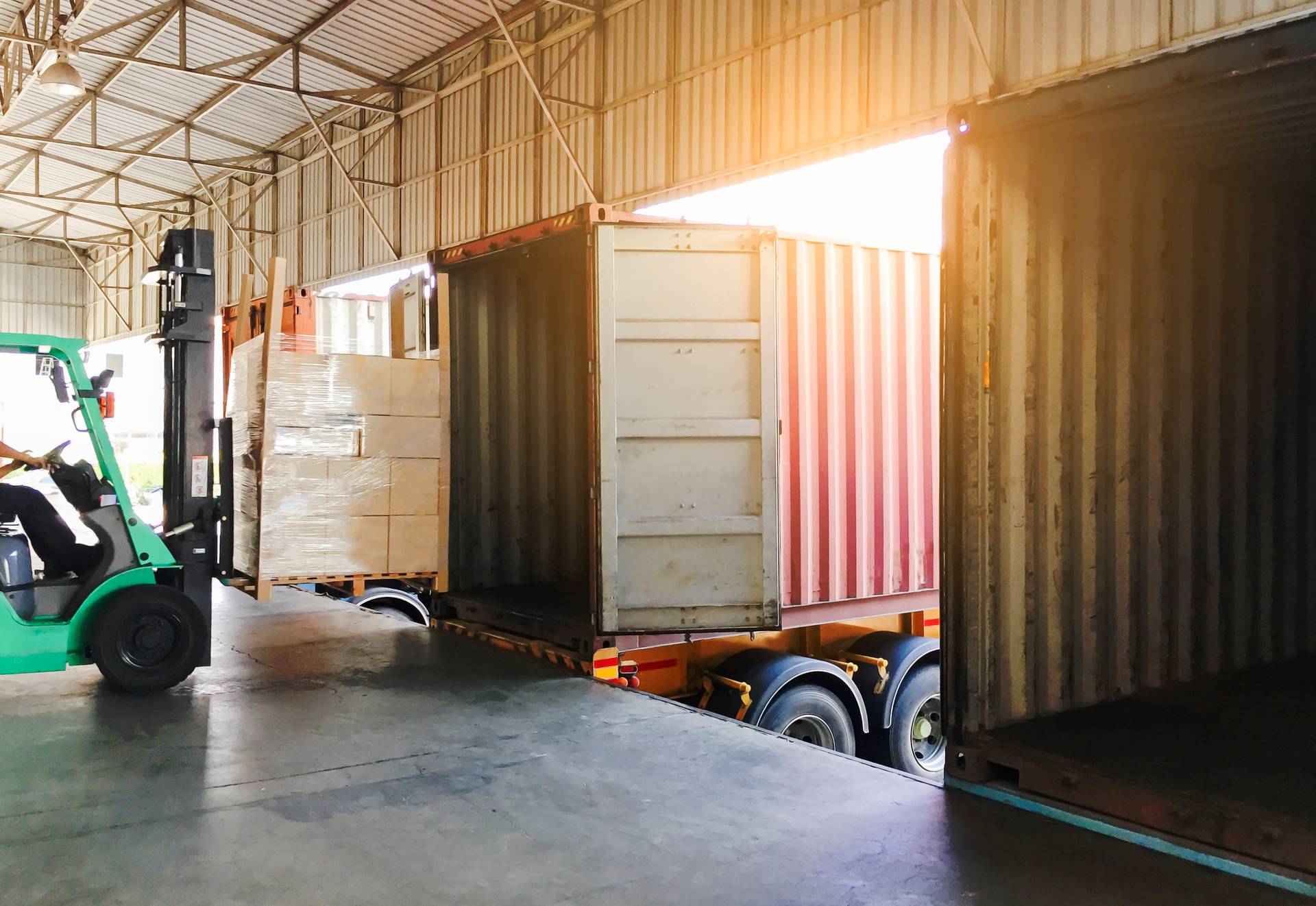5 Tips for an Efficient Transportation Management Process
Have an efficient transportation management process and achieve consistent on-time deliveries and high customer satisfaction by following the tips below. Read the article to learn more.
But Efficient transportation management is essential for successfully managing and maintaining your business. It can help you achieve consistent on-time deliveries, error-free movement of goods, overcome unexpected challenges, maximize efficiency, and improve customer satisfaction. Shippers are always looking for tips and strategies to implement in order to achieve an efficient transportation management process.
Click Here: Get Efficient Transportation Solutions Regardless of Market Conditions
This article will provide you with five tips on how you can implement an efficient transportation management process. But first, let’s understand what transportation management is.
What Is Transportation Management?
Transportation management is the process of planning, executing, and optimizing the movement of goods. This process makes it easier for shippers to achieve an error-free, cost-effective, fast, as well as smooth flow of goods. Efficient transportation management process can allow you to:
- Improve delivery efficiency and productivity
- Keep track of your shipments in real time
- Reduce freight expenses
- Increase customer service
- Improve shipping accuracy
5 Tips for an Efficient Transportation Management Process
1. Pick the Right Transportation Provider
Choosing the right transportation provider is essential to achieving an efficient transportation process. The following factors can help you find the right transportation provider:
Historical Data
Analyzing the historical data of transportation providers is essential for an efficient transportation process. Moreover, historical data lets you check their successfully completed deliveries, accident records, freight damages, errors that occurred, and other vital insights.
Cargo Security
Theft and loss of cargo are the top concerns of shippers. It will be highly damaging to the reputation of your business and could result in the loss of customers. So, hiring a transportation service provider that ensures the safety of your cargo is essential to safeguard against these incidents. Guaranteeing cargo security helps you get an efficient transportation management process that’ll maximize your productivity and improve customer satisfaction.
Capacity
When selecting the right transportation provider, you should always check its capacity. Capacity is the volume of the cargo that your provider can carry under given conditions. Always ensure your provider has partnerships with a wide range of carriers or has enough truck capacity to accommodate your shipments.

Availability
Another essential factor that’ll help you achieve an efficient transportation management process is ensuring the transportation providers’ availability. It confirms that your transportation provider is always available or responsive to accommodate your transportation needs.
Business Requirements
Every business has different shipping needs. For example, the electronic goods’ shipping process differs from the shipping process of perishable food items. So, before selecting a transportation provider, it is essential to identify the unique needs of your business and select a provider that can specialize in your needs. It ensures that your goods are safely delivered.
2. Order Prioritization
Identifying the importance of your orders and prioritizing them is one of the best techniques for an efficient transportation management process. Not all orders are equally important; depending on the priority of your orders, you can process orders with high priority first and keep the low-priority orders to deliver later.
There are several ways to prioritize your orders, such as:
First-In-First-Out (FIFO)
First-in-first-out means what it sounds like: the first orders to enter the warehouse are fulfilled first. It is an inventory control method with simple logic: The products you receive first are those you’ve kept in storage for the longest time. Therefore, such products are closest to expiry or obsolescence. To prevent valueless inventory, shippers move these products on priority.
Customer Importance
Prioritizing your orders according to the importance of your customers is another practical strategy to achieve an efficient transportation management process. To apply this method, you must group your customers into high, medium, and low priorities and prioritize orders accordingly.
Shortest Processing Time
According to the shortest processing time rule, orders are arranged increasingly in their processing time. It means the orders that require the least amount of time to finish are prioritized over their slow counterparts. Moreover, this method makes your processing faster and can help you achieve an efficient transportation management process.
Minimum Slack Time
Slack time is a gap between the time required to process a product from its due date. The order with the minimum slack time is prioritized first to achieve an efficient transportation management process.
Earliest Due Date
Always prioritize your orders with the earliest due date possible to increase customer satisfaction. It is also essential to regularly update your priority list to meet the priority of new orders.
3. Maximizing the Use of Technology
In this digital world, technology plays an essential role in helping you achieve an efficient transportation process. Technology, such as transportation management software, can help you automate the manual process of managing and organizing your transportation needs. It provides you with all the essential transit information at your fingertips, such as delivery schedules, real-time updates, etc.
Transportation management software also reduces the chances of human errors by automating manual tasks such as automatic order processing, auto carrier selection, etc. However, if mistakes are made, it will help you identify such mistakes quickly and help you achieve an efficient transportation management process.
4. Analyzing and Improvising
It is essential to periodically measure the key performance indicators (KPIs) to achieve an efficient transportation management process. Below mentioned are the 7 KPIs that shippers should monitor.
- On-Time and In-Full (OTIF)
- Average Delivery Time
- Average Days Late
- Number of Shipments Sent out in a Specific Period
- Average Dwell Time (Truck Turnaround Time)
- Average Shipping Cost
- Marginal Bill Errors
Measuring the KPIs allows for analyzing these strategies that intimate their success or failure, especially when deploying new strategies. Moreover, analyzing strategies enables you to define the future course of action, corrections, upgrades, etc., to improve your transportation efficiency.
5. Productive Dock Scheduling
A productive dock scheduling process can help you achieve an efficient transportation management process. Efficient docking improves loading and unloading performance by cutting waiting times and aligning deliveries with dock schedules, which ensures on-schedule transportation.
To make your docking more efficient, here are 4 best practices to optimize your loading dock.

Conclusion
In summary, an efficient transportation management process can help you get on-time deliveries, error-free movement of goods, overcome unexpected challenges, maximize efficiency, and improve customer satisfaction. To achieve this process, you’ll need to select the right transportation provider with good historical data, high capacity and availability, as well as cargo security that’ll meet your business requirements. Also, you’ll need to prioritize your order, adapt to the latest technology, frequently analyze and improvise KPIs, and ensure an effective dock schedule.
To make your transportation more efficient, take a look at our FTL, LTL, LTL consolidation, and intermodal freight solutions for shipping across North America at affordable rates.
We hope you enjoyed reading the article. Please let us know your thoughts in the comments below. If you want us to write on specific topics, please contact us! Additionally, if you want to stay up to date with the latest transportation industry news and trends, you can follow us on LinkedIn, Facebook, and Twitter.
More Blogs
Here are some more articles that consist of topics about the logistics industry, modern transportation trends, and best practices to help your business expand. Read some of these articles to learn more.

Third-Party Logistics LTL Shipping: Pros and Cons That You Should Know

Rail vs. Road: Which Transportation Mode is More Efficient & Cost-Effective?


Comments 0